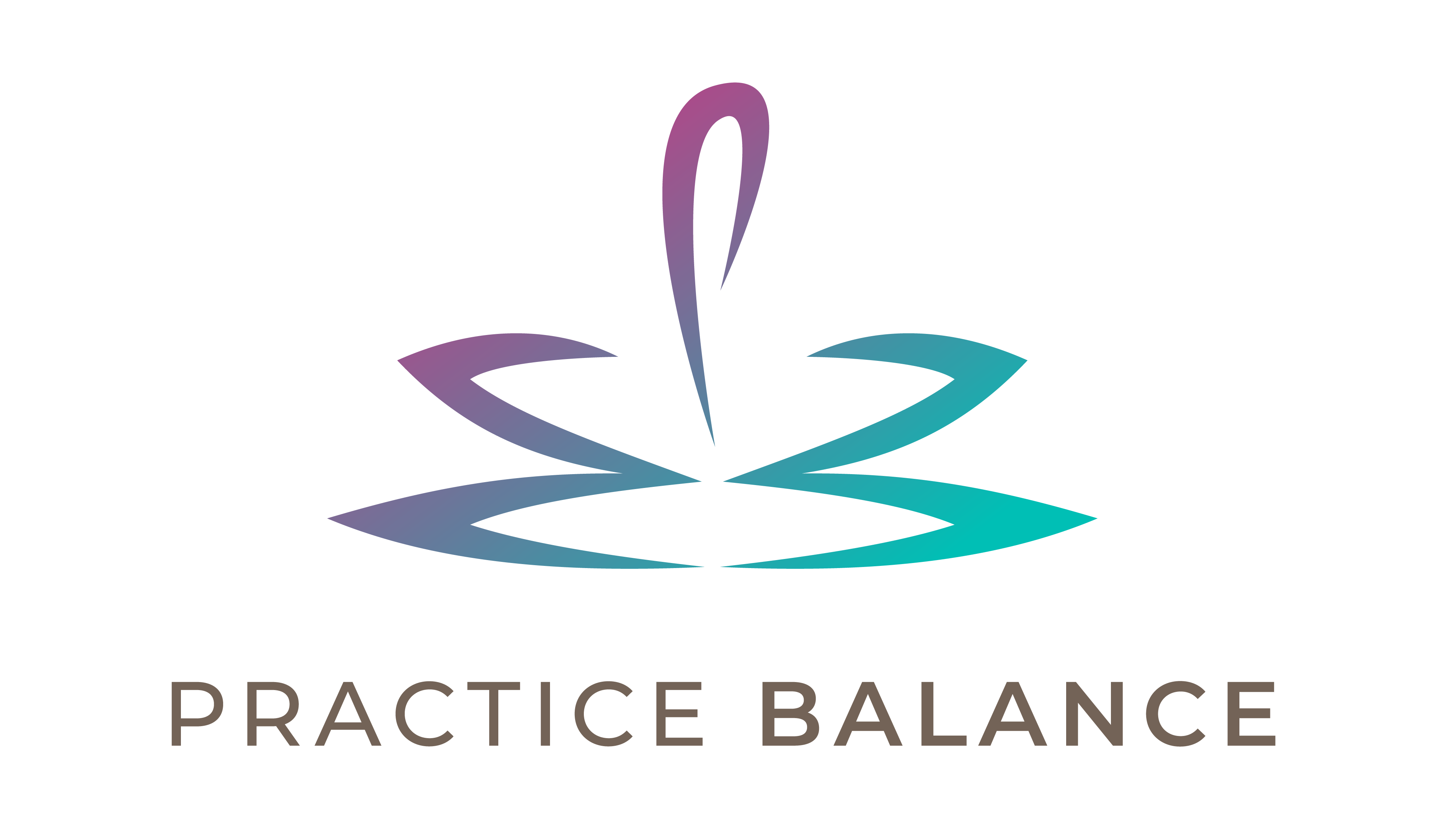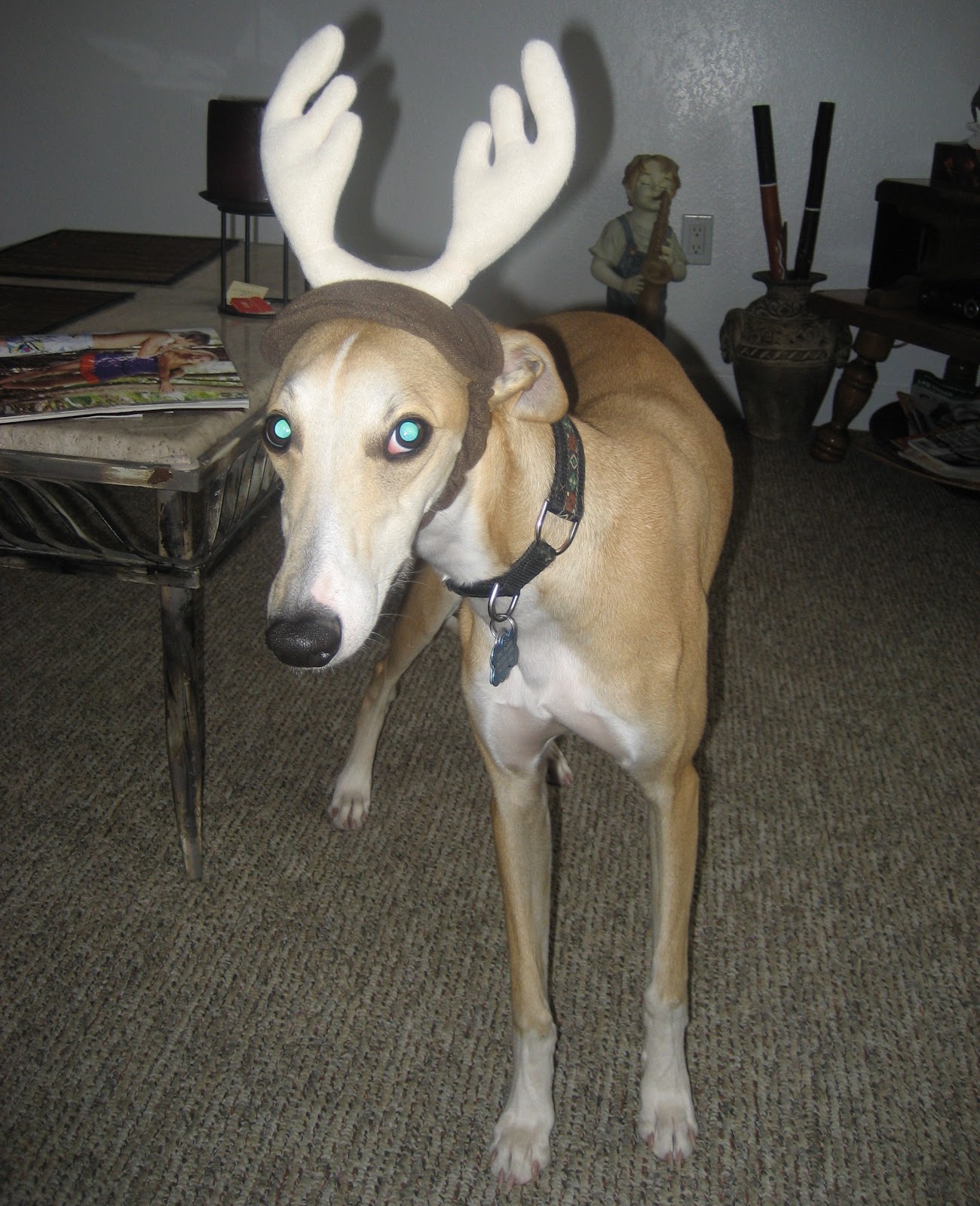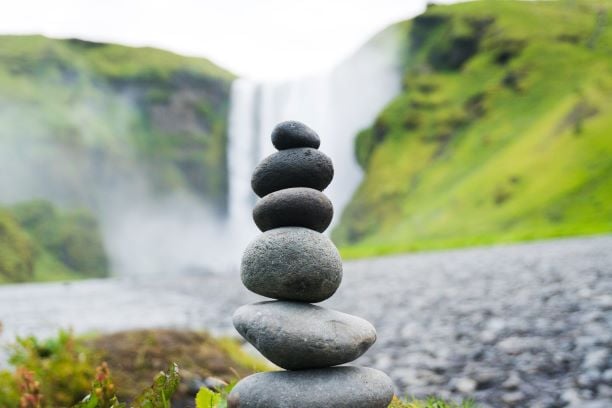“I’m not sure the kind of tired I am can be fixed by a vacation.”
– Quote from the movie The Adjustment Bureau
As I mentioned before, stress is entirely perceptual and individual. In turn, the path to work/life balance can vary widely from person to person. As the name of my blog implies, this quest is merely a practice. Like the practice of yoga or the practice of piano, there is no particular endpoint; the destination is the journey. I spent much of my time during my leave of absence researching and practicing different stress management techniques, all in hopes of figuring out the best combination of things that would work for me.
In the era of house-calls, physicians would carry their own black bags to appointments, housing a bevy of tools used to facilitate healing. Likewise, we all need to construct the same type of toolbox for our own self-care. Sadly, few people stop the march of their daily lives to consider the possibilities. I was forced to look at them head-on, having a new-found abundance of time on my hands.
Unable to shake my duties as a student, I tackled my stress and ill health as I would any other project or assignment. I drafted “to do” lists for learning about and implementing stress management techniques, eyeing an imaginary endpoint of my return to residency in a few months. This strategy was overly ambitious but tremendously helpful at the same time.
To be honest, it took a good month before I was able to separate myself from the nagging feeling that I needed to be somewhere, doing something, helping someone. We fill many roles in life, and when these roles become deeply ingrained in our identities it can be difficult to separate from them. However, it was clear that this dissociation was imperative for my healing.
My general template for self-improvement was as follows:
BASIC NEEDS
I focused first on sleep. Sleep is one of the most important factors in our well-being, but unfortunately it is often overlooked. Many times, interventions addressing mental and physical health will fail to make a difference if sleep is not addressed. Anesthesiology residents learn this during our rotations in the Chronic Pain Clinic, where sleep can even be the missing link to improvement in pain symptoms for many patients. Out went the alarm clocks and electronics; in came the dark shades and sleep masks. I made a goal of 8-10 hours per night.Sleep deprivation and high stress levels form a viscious cycle. While many correlation studies have investigated sleep deprivation and increased stress along side appetite, glucose intolerance, weight gain, errors on the job, etc., a very recent publication on the subject in Journal of Endocrinology and Metabolism links activity in specific regions of the brain via fMRI to hedonic food stimuli independent of blood glucose levels. In an attempt to repair what seemed to be an ailing metabolism and disregulated appetite, I focused on my own nutrition. I began eating REAL FOOD again, renewing my interest in cooking and allowing myself to eat slowly without interruption. The cravings for sugar were still strong, but I found healthy alternatives to junk food, Diet Coke and bars.
MENTAL STATE
There are many books available that tackle the issues of stress management, mindfulness, and present-moment thinking. The library was my first go-to resource. The concept of reading anything outside of medicine had become completely foreign, and I naturally gravitated toward books that appeared to be succinct in their explanations of problems and practical in their approach to solving them. The first book I read was The Mindfulness Solution by Ronald Siegel. This opened my eyes to how particularly un-mindful I had become, as I personally identified with each of his apocalyptic vignettes! The book introduced some basic meditation concepts, which I attempted with miserable results at first. From there, I followed recommendations online for further reading and started reading similarly-themed blogs (see my sidebar for my current recs).
Regarding my meditation practice, it did improve with time! The beauty of meditation is that even very short periods produce lasting results. The key is consistency of practice, at least in the beginning. I chose “easy” meditations, such as counting, mantras, or a flame meditation. In attempts to shed the white veil of vitamin D-deprived days and nights in the hospital, I always chose the outdoors for my meditations. Sitting quietly in the outdoors can be considered a meditation in itself!
Results of my DIY approach were significantly augmented by seeing a counselor. Although I had trepidations at first, this step proved crucial to my overall wellness. Steam of consciousness speaking to an objective party turned out to be incredibly therapeutic. While she mostly listened to whatever I wanted to say each week, she offered some further ideas when I needed them. She inspired me to try the one tool in my black bag that has become indispensable: journaling.
Because I love to write, journaling works very well to bring perspective to daily events, decisions, clarification of values, and overall self-knowledge. I found my passion to start this blog partly through journaling! It was through journaling that I reinforced my personal values and goals, the principles by which I want to shape my life and career. This is central to my message on PracticeBalance. You will see much more about this concept here in the future.
PHYSICAL STATE
Given my lost love of athletics and outdoor sports, I attempted to integrate these back into my life. Again I started slowly, electing to go outside on short climbing days with my friends and husband… but I mostly rested on the sidelines. I went to the gym occasionally. My husband and I took a few extended camping trips. While these activities were fun and relaxing, my low energy level persisted. Despite good quality sleep, I still felt very fatigued whenever I tried to exert myself. I used to go on mountain bike rides and follow them with a bouldering session. And I used to take hour-long runs post-call… what had happened? Was I that far gone? I mused about these things out loud but more often in my journal, all the while having a nagging feeling that something was very wrong inside me.</i
I continued to see doctors. I now had a generalist and an endocrinologist ordering tests, bloodwork and offering potential prescriptions based on their theories of what was wrong with me. I still had no period. I was even diagnosed with osteopenia, which prompted one of the docs to say, “It’s troubling because the timeline doesn’t seem to fit. The degree of osteopenia seems too high for this to only have been going on for a year or two.” I wish I had listened harder to this foreshadowing comment. It was suggested that I get an MRI “because even though your bloodwork doesn’t show it, you could have some sort of a tumor.” I scoffed. The expense did not seem worth the peace of mind to confirm what I knew – I did not have a brain tumor. I had no visual changes, and everything else seemed to be slowly improving thanks to my new-found black bag of stress management tools!


 Happy Holidays from PracticeBalance!
Happy Holidays from PracticeBalance!

[…] framework, and I’m about to begin the advanced certification. And while I’ve personally tried many different techniques for mindfulness and meditation over the years, I can honestly say that using this framework over […]